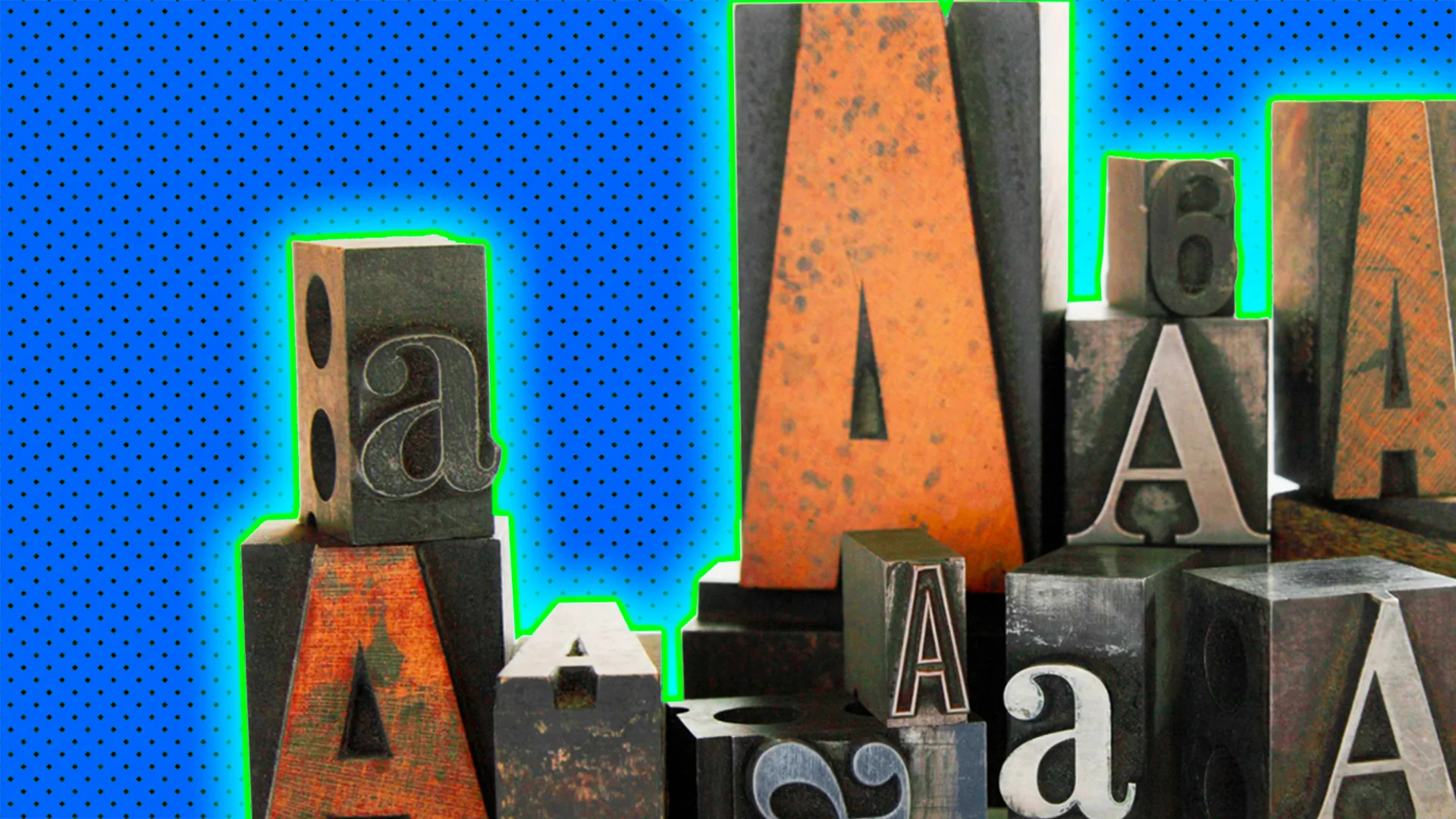Discover the magic of War Horse, the amazing stage show based on Michael Morpurgo’s beloved novel. Famous for its breathtaking life-sized puppets, crafted by the Handspring Puppet Company, War Horse brings the powerful bond between a boy and his horse to life. Set during the devastating years of World War I, the stage show combines innovative puppetry, moving storytelling, and stunning stagecraft, creating an unforgettable theatrical experience. You can actually see one of the horses used in previous productions on display at our Young V&A museum. Let’s find out more about the genius design of the puppets!
Life-size and lightweight
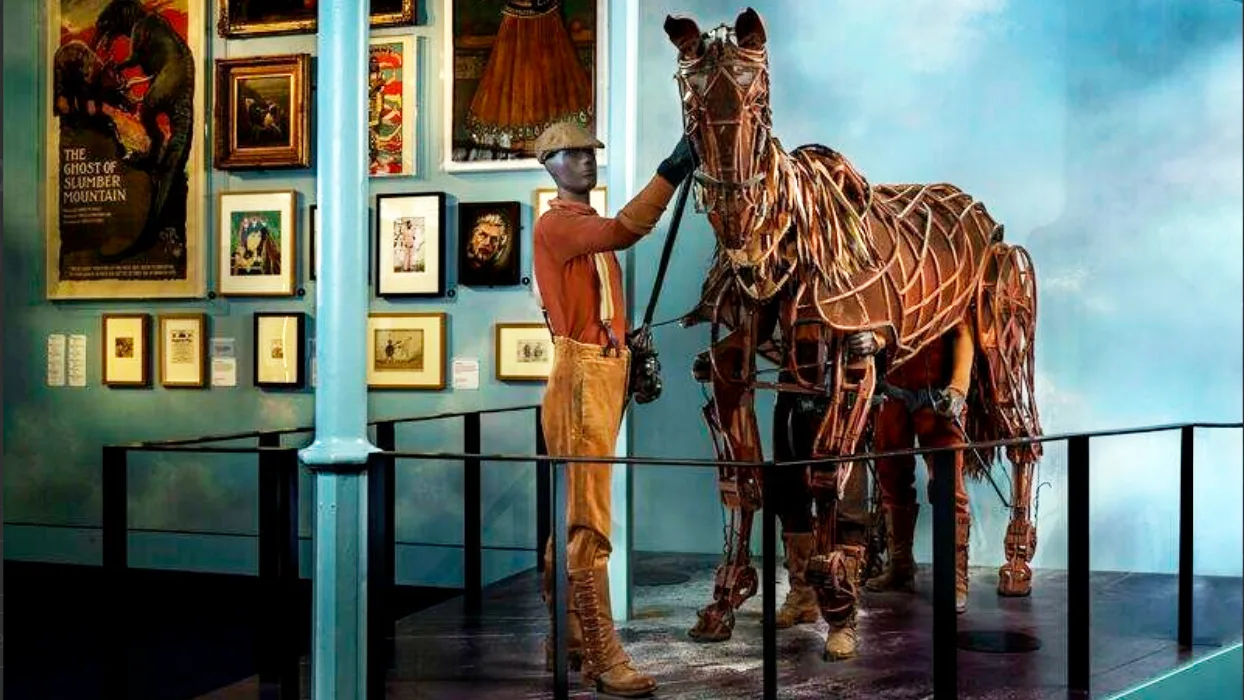
The horse puppets, especially Joey and Topthorn, are life-sized, measuring about 8 feet long and 10 feet tall. Despite their size, they are surprisingly lightweight, each weighing around 40-50 kg (88-110 lbs). The puppets are made primarily from cane, aluminium, leather, and mesh to achieve this balance. Pictured is the amazing horse puppet at the Young V&A museum in Bethnal Green, London. Maybe you can visit it?!
Designed for realism
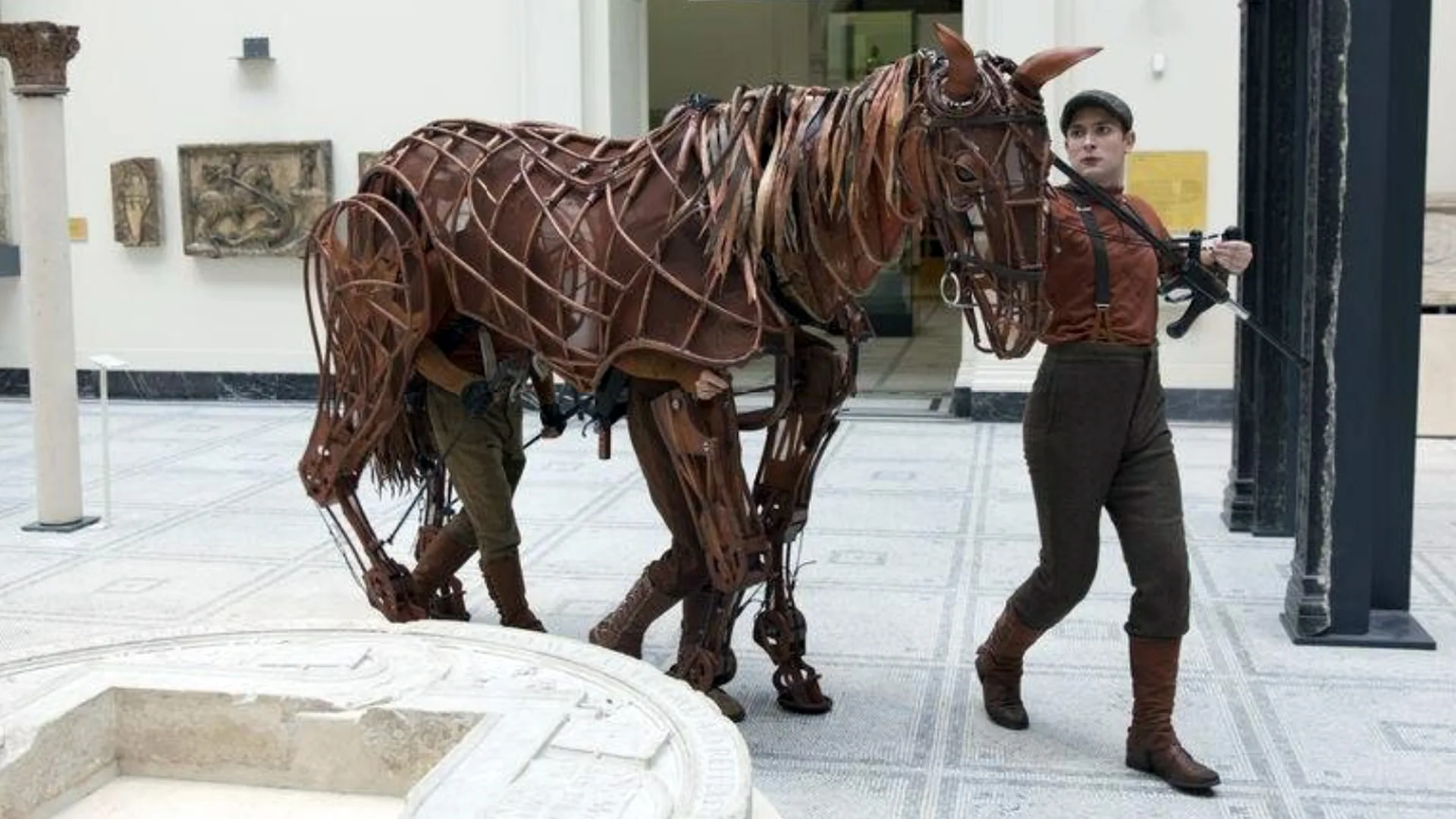
Every detail of the puppets was carefully designed to replicate the movements and behaviour of real horses. The joints, heads, and tails are designed to move naturally. The puppeteers control small movements like the flick of an ear, the swish of a tail, or the rise and fall of the horse’s chest as it breathes, making the horses feel incredibly lifelike. It is said most people feel they’re seeing a real horse after a while during the play!
Three-person operation

Each horse puppet requires three puppeteers, known as the “head,” “heart,” and “hind” operators. The “head” puppeteer controls the ears and head movements, giving the horse its facial expressions and emotions. The “heart” operator moves the front legs and the body, while the “hind” operator controls the back legs and tail. They have to ensure they are synchronised at all times to make the horse look as real as possible and move naturally.
Materials mimic muscle and bone

The lightweight cane used for the horses’ skeletons mimics the shape and function of a horse’s musculature and bone structure. The mesh that covers the puppets creates the appearance of horsehide but is translucent enough to let the audience see through to the puppeteers, emphasising the idea of “visible puppetry.” How clever is that?!
Real horses as models
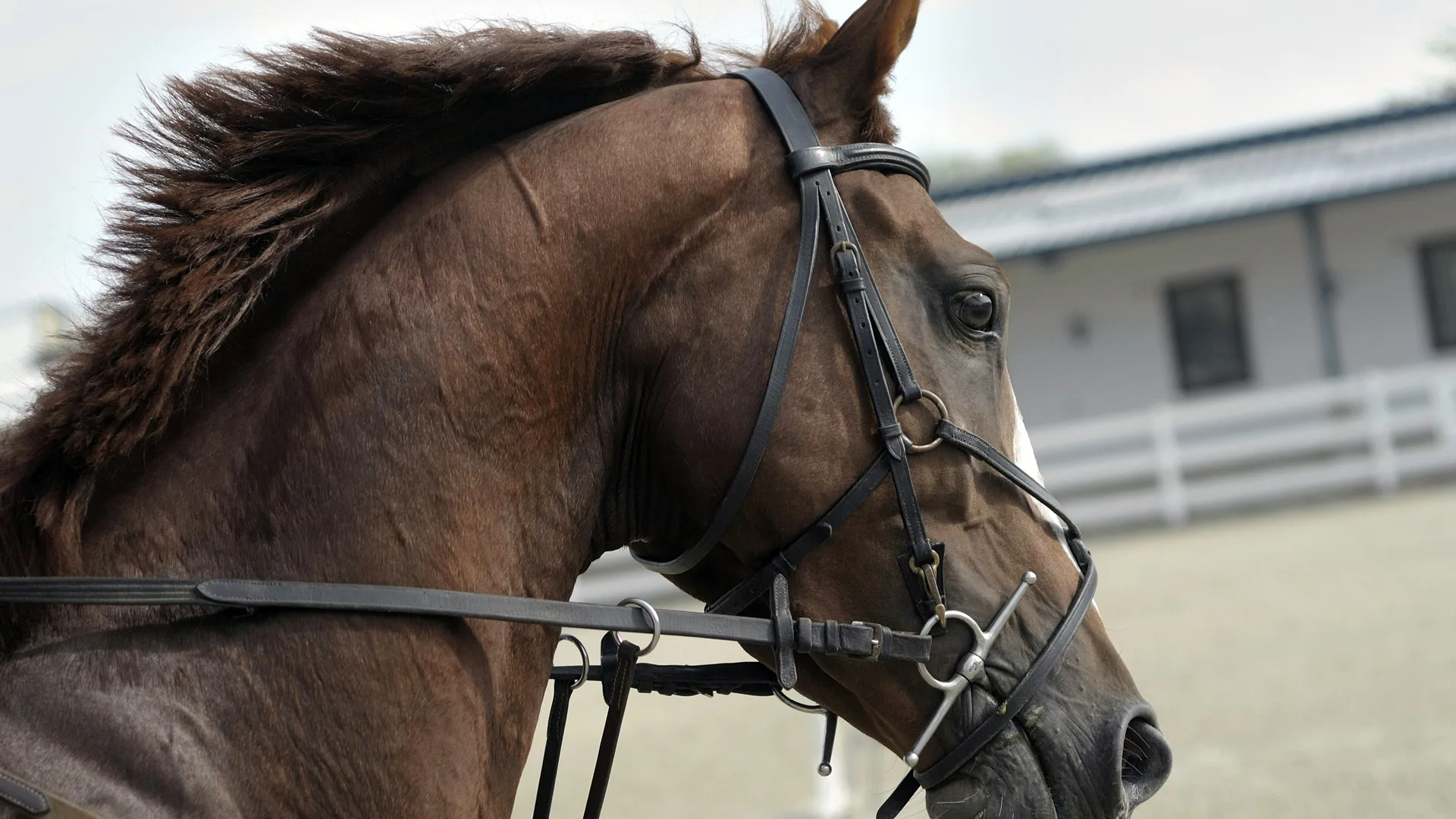
The designers and puppeteers closely studied the behaviour of real horses to make the puppets as accurate as possible. They spent time observing horses in stables, noting everything from their movements to the way they breathe and interact with humans. This research was essential to creating puppets that could express genuine equine emotions and behaviour. Neigh!
The sound of the horses (neigh)
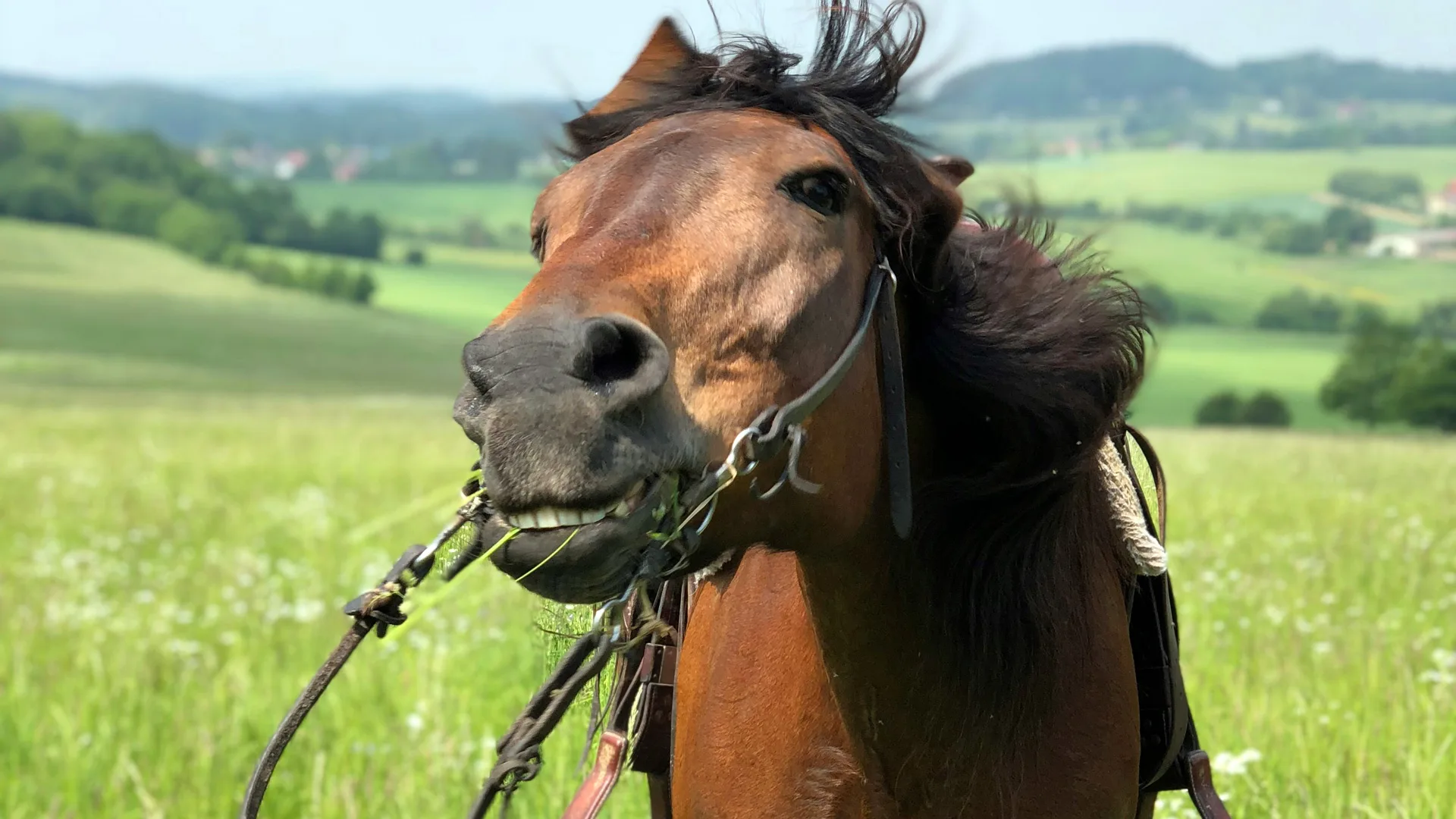
The sound design for the show is really key to the realism of the horse. The puppeteers not only control the physical movements of the horses but also create their sounds, such as neighing, snorting, and breathing. These sounds are an integral part of making the puppets feel alive on stage. Can you make some horse noises?
A tribute to horses in WW1
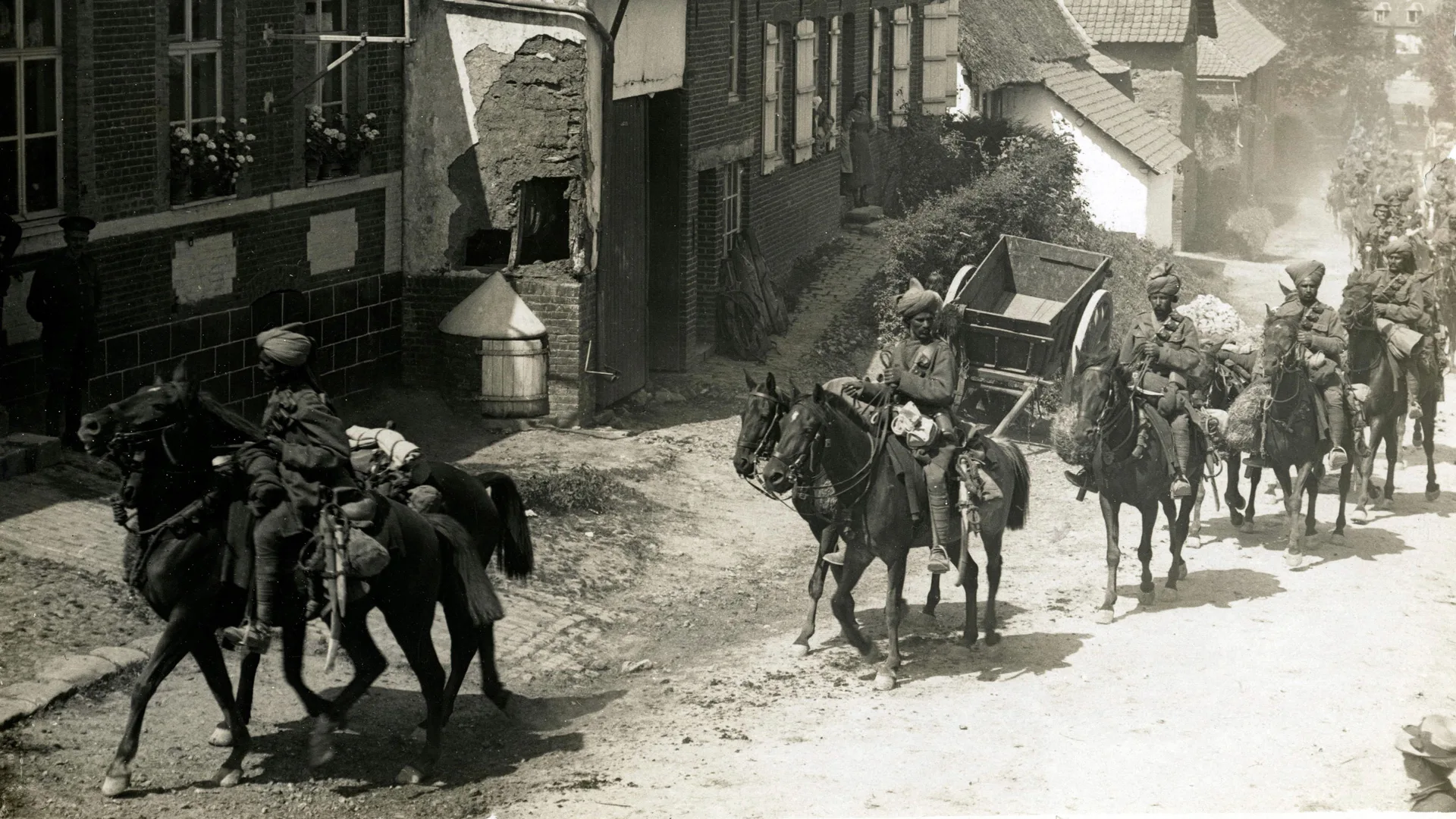
The extraordinary feat of puppetry and design in War Horse is hugely important in telling the story of Joey. Over 8 million horses died during World War I, many serving alongside soldiers in the trenches. War Horse pays tribute to the real horses that carried soldiers, supplies, and weapons during the war, highlighting their crucial and often tragic role in history.









